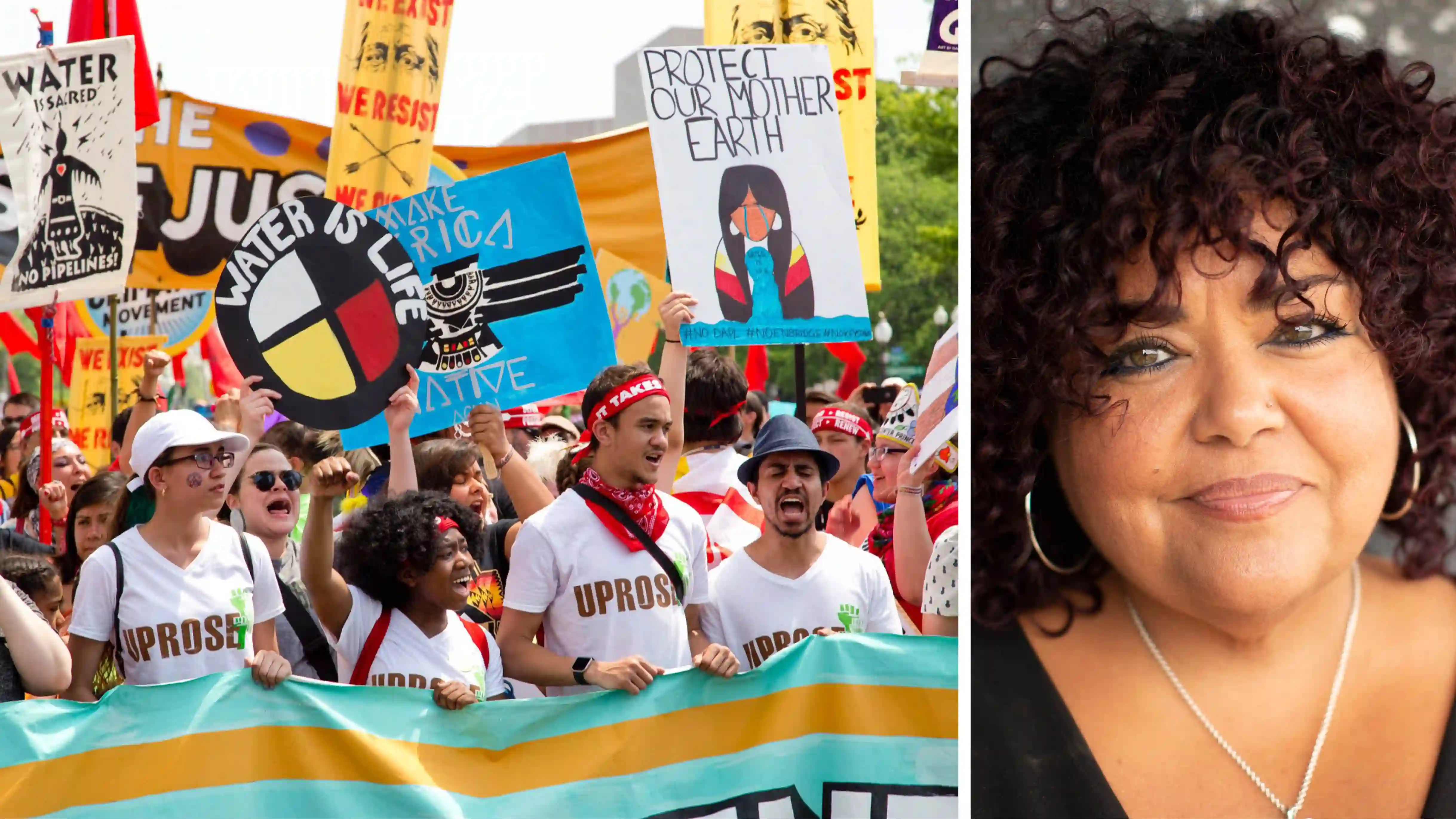For our June 2022 special feature on climate justice, RECORD spoke to changemakers in the field for a diverse array of perspectives on social justice and the climate emergency.
Smith Mordak, an architect, writer, and curator, has devoted their career to issues of sustainability and social justice in the built environment. Prior to joining London-based engineering firm Buro Happold in 2020, they co-founded Interrobang Architecture and Engineering, a transdisciplinary team within Webb Yates Engineers focused on reducing embodied carbon. A council member of the Royal Institute of British Architects (RIBA), Mordak was appointed in 2017 as the Mayor’s Design Advocate for the City of London, serving on the Ecological Urbanism Sounding Board. As a member of the steering committee of environmental activist collective Architects Declare, they contributed to “Built for the Environment,” a report highlighting the building industry’s role in the climate crisis, which was presented at COP26 last year.
What is your role at Buro Happold?
My job title is director of sustainability and physics. At one end it's building physics, which is detailed modeling to optimize the way that buildings perform. And then through the middle, it’s looking at sustainability strategies for individual developments, buildings, and master plans in a holistic way, making sure that they are compliant, but also driving a larger ambition. And on the other end, we talk about really strategic work: research, policy proposals, and working with cities and local governments to set up pathways to zero emissions.
What does the term environmental justice or climate justice mean to you?
It's important that when we think about sustainability or ecological health, we remember that humans are part of the ecosystem and that humanity cannot thrive without a healthy ecosystem. From a resilience perspective, as the climate changes and as biodiversity and habitats break down, that is already negatively impacting humans. The injustices that we're seeing at the moment are due to the exploitation of natural systems but are themselves the exploitation of other people. Those two things are completely linked, and it's essential that we address them together.
You were part of a UK Green Building Council (UKGBC) initiative started in 2020 to create a “Social Value Framework.” Could you talk about what that is and where it stands now?
Social value has become buzzwordy, something that you need to create. There are different ways of thinking about it, and I was part of a group developing the shared language and shared framework for social value. Because what is social value? It's just not clear. But interestingly, what happened in the course of doing the project was that we discovered that it's not so much about the definition—it’s about the process that you need to go through to ensure that the value that you create is of value to society. That means identifying, at the beginning of a project, who is most impacted by it—and don't ever make any assumptions as to who might be most impacted, because it’s not necessarily just the people who are going to live in a given housing complex. It could be the people who live in the community within a mile of a concrete plant, or people on the other side of the world who are creating a product.
What can architects and design professionals do to mitigate environmental injustice? You've spoken a bit about it in terms of your own work, but I was wondering if you could speak more broadly in terms of the profession.
There's been a big shift from thinking about operational energy and operational carbon to thinking about embodied carbon and its entire life cycle. This is brilliant and amazing, but one of the things that we can do is think not only about carbon, but other embodied impacts. This is where a key kind of injustice comes in because we think a lot about, for example, how much water is going to be used by the inhabitants of a building that we're creating. But what about thinking about the water footprint of all of the materials in the same way that the conversation about carbon has shifted? What about energy? There's only so much renewable energy that we have access to. So we're trying to develop a framework with different indicators that are at different stages of maturity within the wider industry, in terms of how easy it is to get the information and to measure it. It's easy to not notice and to inadvertently make decisions that are not mitigating environmental injustice and that are in fact doing the opposite, even though it feels like we're doing a good thing because it's a really energy-efficient building.
How should architectural pedagogy change to prepare the next generation of architects to take on these problems?
There's such a lag between the professionals in practice now getting upskilled in something and then teaching the next generation and then that next generation coming into practice. It's taking years and years and we don't have time to do that. And so it's more about the ongoing education and collective action: we have the Architects Climate Action Network, Architects Declare, Structural Engineers Declare, and all of these things that are actually allowing professionals to quickly teach each other and share their skills. I think those things are more important—it's about the architecture students of the moment influencing those processes rather than the other way around.
What kind of upskilling could be most useful right now?
One is just the design process itself—traditionally we created beautiful designs and then gathered the resources to achieve those designs. And we have to be doing the opposite. We have to be auditing the materials that we have access to and understanding what we can build with and working within those limitations, rather than the other way around. I'm starting to see a bit of a change toward that, but it's still too far away. Our current ways of doing things are very deeply ingrained. But we've seen so much around preventing or trying to avoid demolition recently, so we can take that same approach on a neighborhood or a city scale.





Post a comment to this article
Report Abusive Comment